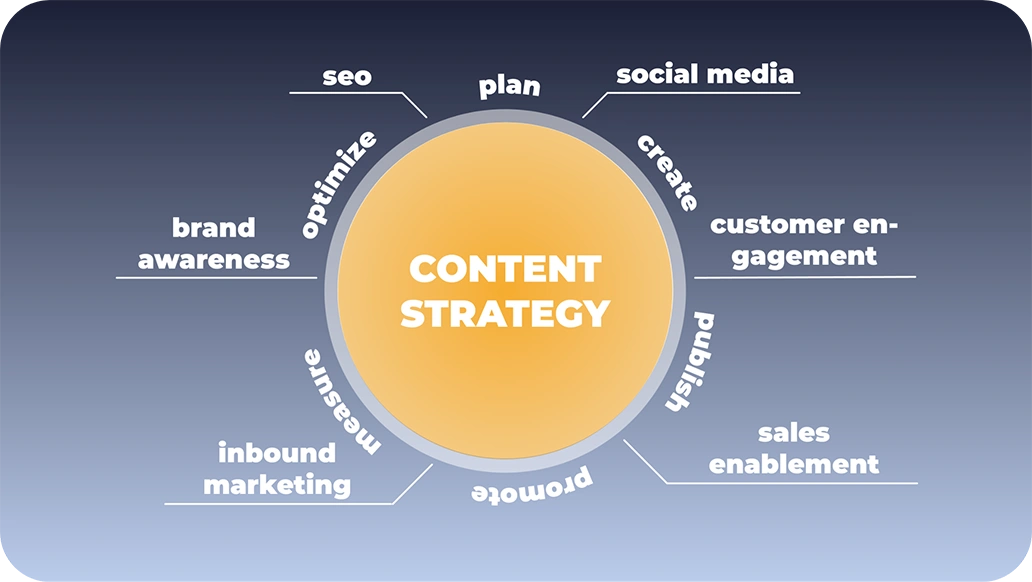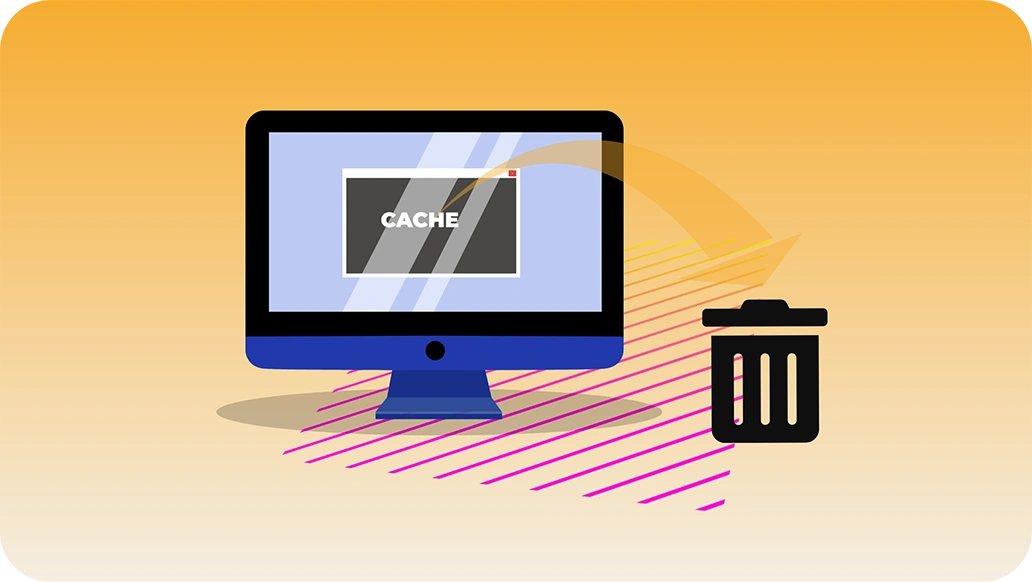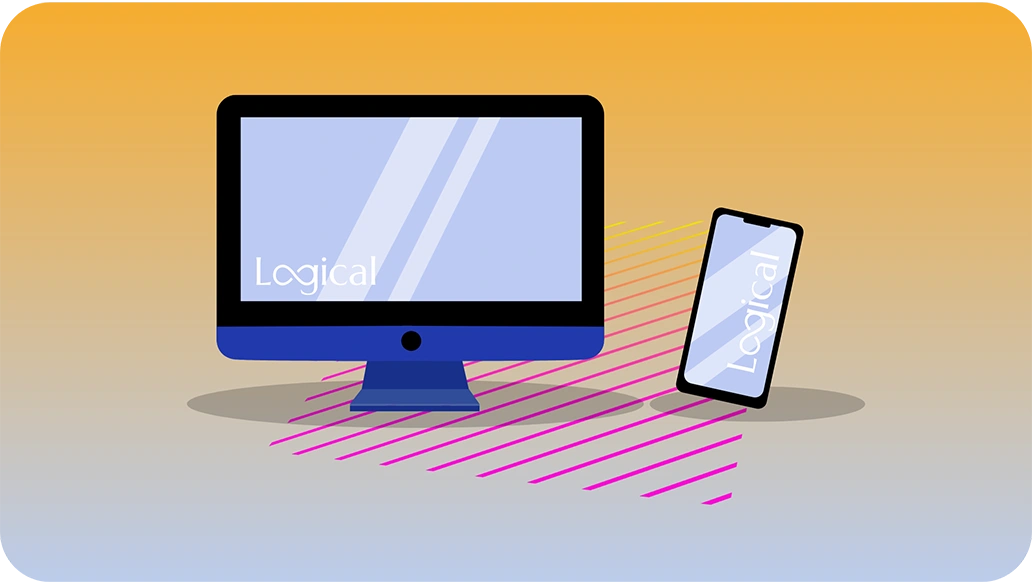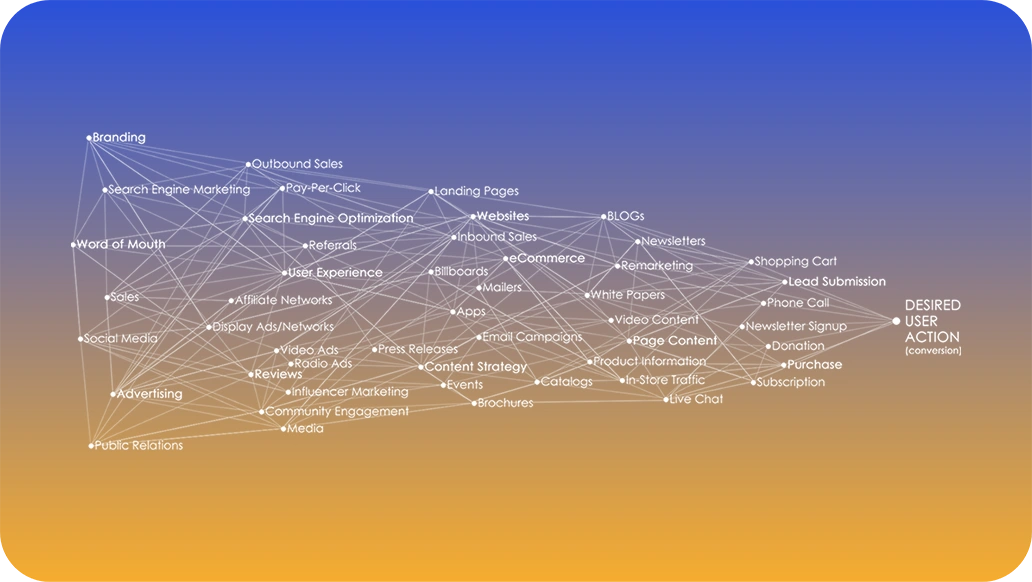If someone believes that design is the be-all and end-all for drawing customers’ attention to a company and leading them through a conversion funnel, tell them it is not design alone that will accomplish turning users into customers. Design must be accompanied by useful content in order to deliver a user experience that has people returning for more, whether it be information, products, or services. If a website is architecturally pleasing but contains poor content, it will not reach desirable results. Visual factors must coincide with relevant content.
Content is gaining greater importance as shopping and research progress further online, with every consumer having thousands of choices at their fingertips. It attracts prospects organically, not by utilizing the basic techniques of push ads. Your content must demonstrate your expertise and knowledge in the topic fields the target audience is concerned with. It needs to add value to build their trust. Imagine your business is in an interview with a potential buyer; it may be ‘dressed’ in a fancy ‘suit’ (design), but it’s the personality and experience (content) that will persuade someone to choose it over another.
What is Content Strategy?
Content, whether it be on a website, a blog, or on social media, should be relatable and appropriate for the medium and target audience, in addition to having an altogether cohesive flow. It is not solely words but the type of media being used as well. How do you guarantee all of these elements are factored in and aligned with one another when creating content? This, and so much more, is achieved by implementing a content strategy.
Content Strategy is the art of planning how content will be created and then the process of creating that content. It is the management of content creation that grows a business and the opportunity to persuade prospects to choose one firm over another. Developing a strategic content plan achieves business goals and objectives by using content as a means to accomplish said goals.
Content creates new avenues for people to enter a conversion funnel. If it doesn’t agree with business objectives you encounter the risk of a higher bounce rate, losing prospects and diminishing their trust in your business. At Logical, we personalize every project and content with our clients’ needs and goals so that each business has a better chance at success.
Why Content Strategy Matters
Content Strategy is pertinent to every department of a company. For example, a customer service strategy can include creating self-serve content (ie. FAQ) to support customers to reduce support tickets and allow the customer service teams to concentrate on more substantial affairs. Another possibility is to create content for the sales team that answers questions or criticisms they often encounter on the job, thus smoothing out and making uniform their operations when talking with potential customers. Continuously optimizing your content strategy benefits the company as a whole because employees will have the proper materials to create a better user experience for prospects and customers.
Utilizing a strategy and optimizing it ensures that content aligns with the brand’s voice, goals, and audience(s). Keep in mind what goals you are driving users towards and create germane content accompanied with design, in order to grow your business and outreach to consumers.
Building a Strategy
- Who is the target audience that you want to attract? (Buyer Persona)
- What type of content will you be posting? Informative, practical, entertaining – maybe a mix. Will it be a picture, a graph, an ebook, a podcast, or a blog article?
- Where will this content be shared? Which medium(s)?
- When will it be shared? Are there niche holidays your target audience might be interested in? (eg. You own a bakery and it is National Cupcake Day!)
- Why is this content important to a consumer? Why should they select your business over the competition? What makes your brand unique?
- How will you manage all of your content? [eg. Content Management System (CMS)]
After answering the questions above, you should be able to define your larger content strategy goals, then begin to form and execute a game plan.
Moreover, in the last several years, emphasis has been put on search engine optimization (SEO) by web developers and content creators. Artificial intelligence and search engines continue to improve their abilities to search for relevant information; therefore it is not about inserting keywords anymore into code or content. It’s about context.
People will search. That’s a fact. The more relevant concepts content discusses, the higher chance there is of it appearing in search results. Create conversations around questions someone might have of the industry. If content is unrelated, you risk an undesirable experience because the content is irrelevant to your business and the trustworthiness of the source is then questioned. It’s a balancing act.
To avoid falling behind, a proper strategy has a lifecycle that takes discipline. In brief, a strategy begins by defining goals and planning. The process of strategizing content can take months to fully execute and understand before fruition, which many business owners do not have time to oversee.
Contact us to Develop Your Content Strategy
Want to learn more about Content Strategy? Check out these references!
© Melinda O’Connor 2023

